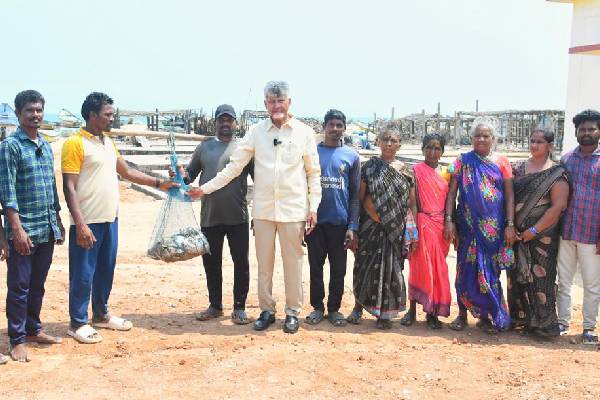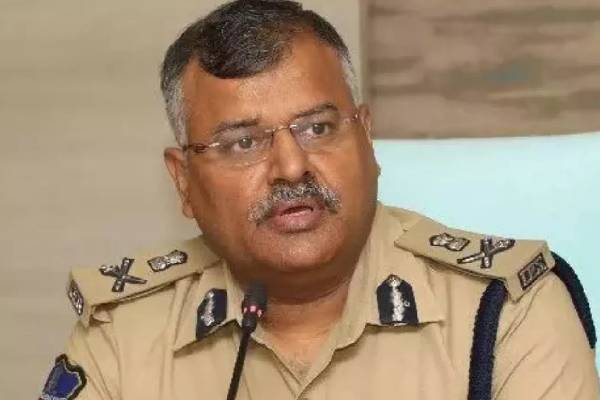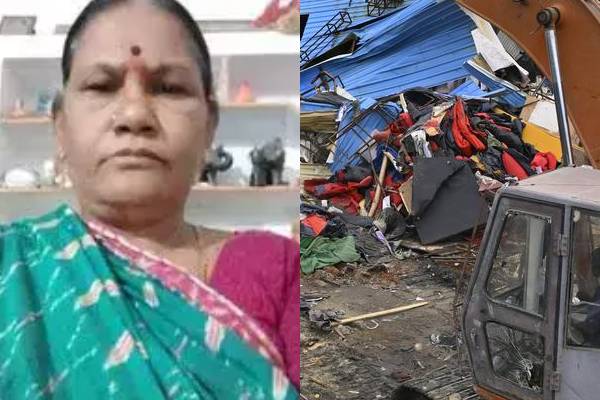In a tragic turn of events, a 56-year-old woman named Gurrampally Buchamma took her own life, reportedly due to fears surrounding the government’s HYDRA demolitions. The incident, which occurred in the Kukatpally area, has raised serious concerns about the impact of these demolitions on local communities.
Buchamma and her husband, Shivayya Yadav, lived in Yadava basti near Kukatpally Ramalayam. They owned two houses and a shed, which they had written to their three daughters. The family’s anxiety began when HYDRA officials demolished 16 buildings near Kukatpally Nalla Cheruvu on the 22nd of the month.
Since the nearby demolitions, Buchamma had been visibly distressed, constantly expressing worry about the potential loss of her family’s properties. Her daughter, Sarita, reported that Buchamma ultimately committed suicide by hanging herself at home on Friday evening.
While HYDRA Commissioner Ranganath has denied any connection between the agency’s actions and Buchamma’s death, many remain skeptical. Ranganath claims that Buchamma’s suicide was a result of pressure from her daughters’ questions about the potential demolitions, not HYDRA’s actions directly.
The Commissioner’s statements, however, seem to contradict the family’s account of events. This discrepancy has led to increased public scrutiny of HYDRA’s operations and their impact on vulnerable communities.
Ranganath has urged the media, especially social media, to stop “creating panic” about HYDRA. He insists that the agency is being unfairly blamed for demolitions across the state and denies involvement in any survey related to Moosi demolitions.
Despite these assurances, the incident has sparked a heated debate about the government’s urban development policies and their human cost. Critics argue that the fear and uncertainty caused by potential demolitions are taking a severe toll on residents’ mental health and well-being.
As the investigation into Buchamma’s death continues, many are calling for a more transparent and compassionate approach to urban development. The tragedy has highlighted the need for better communication between government agencies and affected communities, as well as support systems for those facing potential displacement.
-Sanyogita



































